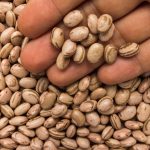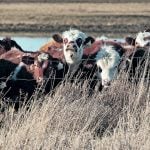
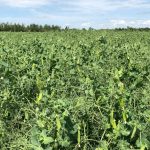
Pulse weekly outlook: StatCan shows big jump in pea, lentil production

Sask. farmer’s soil health approach results in ‘soil armour’
Farmer Tim Nerbas protects his soil with a layer of organic material he calls “soil armour.” He says that and other conservation farming practices to improve soil health on his farm may take time — but it’s worth the wait

Direct compensation for fertilizer tariffs not on table
Eastern farm groups call for help ahead of fall seeding

Pulse weekly outlook: Manitoba’s crops in ‘better situation’ than last year
Lost acreage still a question mark
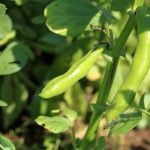
Pulse weekly outlook: Acre intentions down for most pulses

Can biological crop inputs for cereals and oilseeds work?
Foliar-applied nitrogen-fixing biologicals for grains and oilseeds are a great concept. Here, four Prairie farmers share their experiences
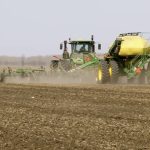
Manitoba Crop Report: Plantings advance, crops threatened by weeds, insects
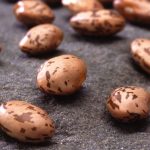
Pulse weekly outlook: Fewer edible bean acres to underpin prices
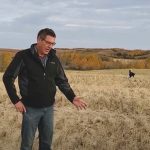
The best fit for pre- or post-harvest treatments
With erratic growing season conditions producers need to be flexible with fall weed control plans
